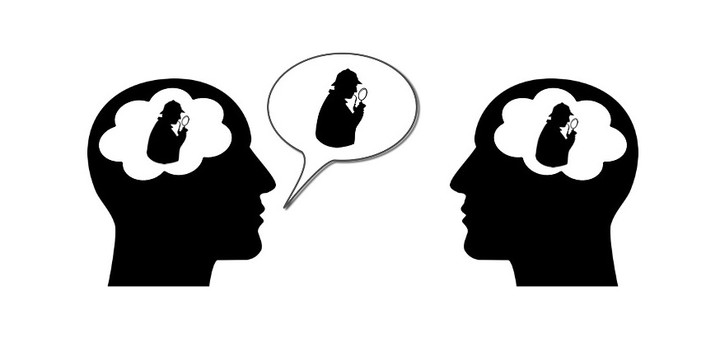Communication and shared experiences

A (beautiful) feature of human experience is that we don’t have to experience everything ourselves. Through the stories we tell one another, we can, to a degree, experience the life of another.
In work with collaborators, I have explored the neural underpinnings of how people talk to and understand each other. We scanned participants watching a 50-minute movie clip and talking about the plot immediately afterwards. We show that watching and talking about the same scene elicits a similar pattern of neural activity. The pattern was also shared across people talking about the same scene, revealing the existence of a common ‘neural code’ that could serve as the foundation for human communication [1].
In a second study, we scanned a group of participants who had not watched the movie as they listened to someone talking about the movie. We found that listening to the speaker talk about a scene elicited a pattern of neural activity that was similar to that of the speaker watching that scene, despite participants not having seen the movie themselves [2]. Together, these results suggest that communication is associated with the construction and transmission of shared neural representations.
References:
-
Chen, J.
*, Leong, Y. C.*, Honey, C. J., Yong, C. H., Norman, K. A., & Hasson, U. Shared memories reveal shared structure in neural activity across individuals. Nature Neuroscience, 20(1): 8149-8154 (2017) -
Zadbood, A., Chen, J., Leong, Y. C., Norman, K. A., & Hasson, U. How we transmit memories to other brains: constructing shared neural representations via communication. Cerebral Cortex, 27(10): 4988-5000 (2017)